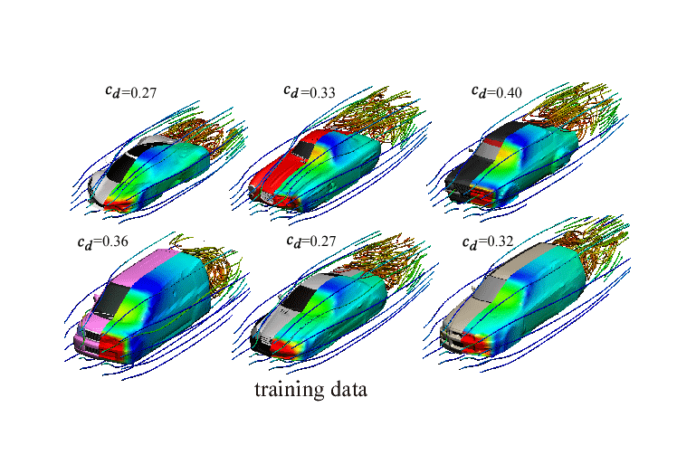When engineers or designers want to test the aerodynamic properties of the newly designed shape of a car, airplane, or other objects, they would normally model the flow of air around the object by having a computer solve a complex set of equations—a procedure that usually takes hours or even an entire day.
In order to speed up this process, Nobuyuki Umetani from Autodesk research (now at the University of Tokyo) and Bernd Bickel from the Institute of Science and Technology Austria (IST Austria) have developed the first tool to use machine learning methods to compute flow around interactively designable 3D objects.
Using the tool, it is possible to predict the flow in fractions within seconds.

Nobuyuki Umetani said, “With our machine learning tool we are able to predict the flow in fractions of a second. The idea to use machine learning came up in a discussion between the two long-time collaborators. We both share the vision of making simulations faster. We want people to be able to design objects interactively, and therefore we work together to develop data-driven methods.”
Nobuyuki Umetani’s plan to utilize purported polycubes to make the shapes reasonable for machine learning. This approach, which was initially created to apply surfaces to objects in computer movements, has strict standards for representing objects. A model begins with few vast shapes which are then refined and split up into little ones after a very much characterized methodology. In the event that spoke to along these lines, objects with comparative shapes will have a comparable information structure that machine learning techniques can deal with and compare.
Nobuyuki Umetani said, “When simulations are made in a classical way, the results for each tested shape are eventually thrown away after the computation. This means that every new computation starts from scratch. With machine learning, we make use of the data from previous calculations, and if we repeat a calculation, the accuracy increases.”
The researchers also proved in their study that the machine learning method achieves an impressive accuracy, a prerequisite for engineering. The method will be presented at this year’s prestigious SIGGRAPH conference in Vancouver, where IST Austria researchers are involved in a total of five presentations.
